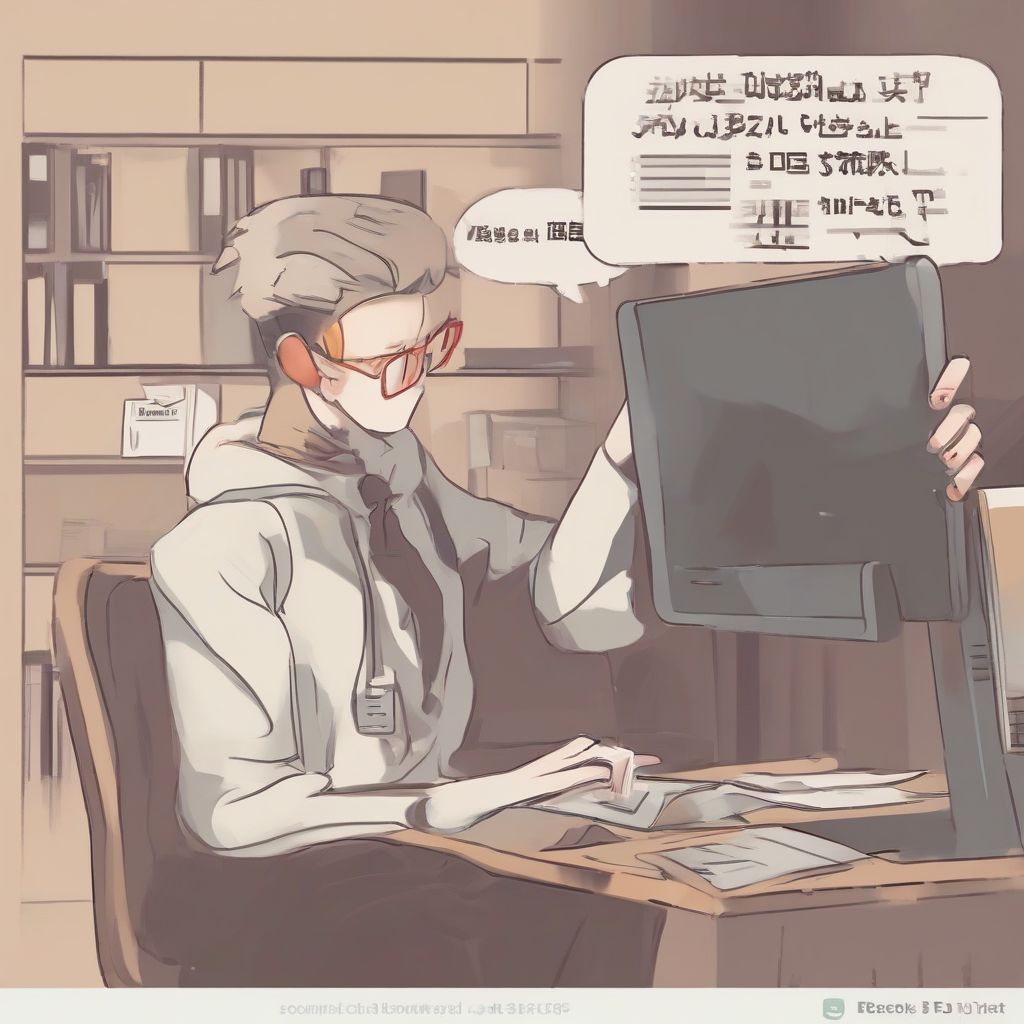Unlock Your Creative Potential: A Comprehensive Guide to Graphic Artist Classes
The world of graphic design is vibrant, dynamic, and constantly evolving. Whether you’re a budding artist looking to hone your skills, a seasoned professional seeking to specialize, or simply someone curious about the creative process, graphic artist classes offer a wealth of opportunities. This comprehensive guide delves into the various types of classes available, the skills you’ll gain, the career paths they can open, and how to choose the right program for your needs.
Types of Graphic Artist Classes
The landscape of graphic design education is vast, encompassing a range of formats and specializations. Understanding the different types of classes available is crucial in making an informed decision.
-
Introductory Graphic Design Courses:
These courses are ideal for beginners with little to no prior experience. They provide a foundational understanding of design principles, software applications (like Adobe Photoshop, Illustrator, and InDesign), and basic design concepts such as typography, color theory, and composition. They often focus on building a strong portfolio and developing a creative workflow.
-
Specialized Graphic Design Classes:
Once you’ve grasped the fundamentals, you can delve into specialized areas. This could include:
- Web Design: Focuses on creating visually appealing and user-friendly websites, incorporating UX/UI principles.
- Branding and Identity Design: Concentrates on developing brand guidelines, logos, and visual identities for businesses and organizations.
- Illustration: Emphasizes the creation of original artwork for various mediums, including print and digital platforms.
- Motion Graphics: Explores the art of creating animated graphics for video, film, and digital media.
- Typography: Delves deep into the art and science of typefaces, their selection, and their effective use in design.
- 3D Modeling and Animation: Covers creating three-dimensional models and animations using software such as Blender, Cinema 4D, or Maya.
-
Advanced Graphic Design Workshops and Masterclasses:
Designed for experienced designers, these intensive programs offer in-depth training in specific techniques, software applications, or design styles. They often involve collaborative projects and mentorship opportunities.
-
Online Graphic Design Courses:
The rise of online learning platforms has made graphic design education more accessible than ever. These courses offer flexibility and convenience, allowing students to learn at their own pace and schedule. Many platforms offer interactive lessons, feedback from instructors, and community forums.
-
Bootcamps:
Intensive, short-term programs designed to rapidly equip students with the skills needed to enter the graphic design field. These programs are often project-based and focus on practical application of design principles.
-
College and University Degree Programs:
For those seeking a comprehensive education, a Bachelor’s or Master’s degree in graphic design offers a thorough grounding in theory, history, and practice. These programs often include internships and opportunities to build a strong portfolio.
Skills You’ll Gain in Graphic Artist Classes
Graphic design classes equip you with a wide array of valuable skills that are transferable across many industries. These skills extend beyond just technical proficiency, encompassing creative thinking, problem-solving, and communication.
-
Software Proficiency:
Mastering industry-standard software is crucial. This includes Adobe Creative Suite (Photoshop, Illustrator, InDesign), along with potentially other software depending on your specialization.
-
Design Principles:
Understanding fundamental design concepts like typography, color theory, composition, layout, and visual hierarchy is essential for creating effective and aesthetically pleasing designs.
-
Creative Problem-Solving:
Graphic designers are problem-solvers. Classes will challenge you to find creative solutions to visual communication challenges, developing your ability to think critically and innovatively.
-
Communication Skills:
Effectively communicating your design ideas and collaborating with clients and colleagues is a crucial aspect of the profession. Classes often involve group projects and presentations, honing these skills.
-
Project Management:
Learning how to manage your time effectively, meet deadlines, and organize your workflow are essential for successful project completion.
-
Client Interaction:
Understanding client needs, managing expectations, and presenting your work confidently are important skills developed through class projects and simulations.
-
Portfolio Building:
Building a strong portfolio showcasing your skills and abilities is a vital component of securing employment in the field. Classes often guide students in developing a professional portfolio.
Career Paths After Graphic Artist Classes
A strong foundation in graphic design opens doors to a multitude of career paths, catering to diverse interests and skill sets.
-
Graphic Designer:
This is the most common career path, involving creating visual concepts for various media, including websites, brochures, logos, and packaging.
-
Web Designer:
Specializing in creating visually appealing and user-friendly websites, combining design skills with web development knowledge.
-
UX/UI Designer:
Focusing on the user experience and interface design, creating intuitive and enjoyable digital experiences.
-
Brand Designer:
Developing brand identities, logos, and visual guidelines for businesses and organizations.
-
Illustrator:
Creating original artwork for various mediums, including print and digital publications.
-
Motion Graphics Designer:
Creating animated graphics for video, film, and digital media.
-
Art Director:
Overseeing the creative direction of design projects, leading teams, and guiding the creative process.
-
Freelance Graphic Designer:
Working independently on a project-by-project basis, offering flexibility and diverse experiences.
Choosing the Right Graphic Artist Class
Selecting the right graphic artist class depends on your individual needs, experience level, and career aspirations. Consider the following factors:
-
Your Experience Level:
Choose a class appropriate to your existing skills. Beginners should start with introductory courses, while experienced designers can explore specialized workshops or advanced programs.
-
Your Career Goals:
Identify the specific area of graphic design that interests you and choose a class that aligns with your career aspirations. Do you want to focus on web design, branding, illustration, or another area?
-
Class Format:
Consider whether you prefer in-person classes, online courses, or bootcamps. Each format offers different advantages and disadvantages regarding flexibility, cost, and learning style.
-
Instructor Expertise:
Research the instructors and their background to ensure they have the necessary skills and experience to effectively teach the course material.
-
Curriculum and Projects:
Review the course curriculum and projects to ensure they cover the topics and skills you want to learn. Look for opportunities to build a strong portfolio.
-
Cost and Duration:
Consider the cost of the class and the duration of the program. Weigh the investment against the potential return on your education.
-
Reviews and Testimonials:
Check reviews and testimonials from past students to get an idea of their experiences with the class and the instructor.
Resources for Finding Graphic Artist Classes
Numerous resources are available to help you find the perfect graphic artist class:
-
Online Learning Platforms:
Websites like Coursera, Udemy, Skillshare, and LinkedIn Learning offer a wide range of graphic design courses at various skill levels.
-
Local Community Colleges and Universities:
Many community colleges and universities offer graphic design courses and degree programs, providing access to experienced instructors and well-equipped facilities.
-
Online Directories:
Search online directories for graphic design classes and workshops in your area or online.
-
Professional Organizations:
Check with professional organizations such as AIGA (American Institute of Graphic Arts) for resources and recommendations on graphic design education.
Investing in quality graphic artist classes is an investment in your future. With dedication and the right training, you can unlock your creative potential and embark on a rewarding career in this dynamic and ever-evolving field. Remember to carefully research your options, choose a program that aligns with your goals and learning style, and embrace the journey of creative exploration.




